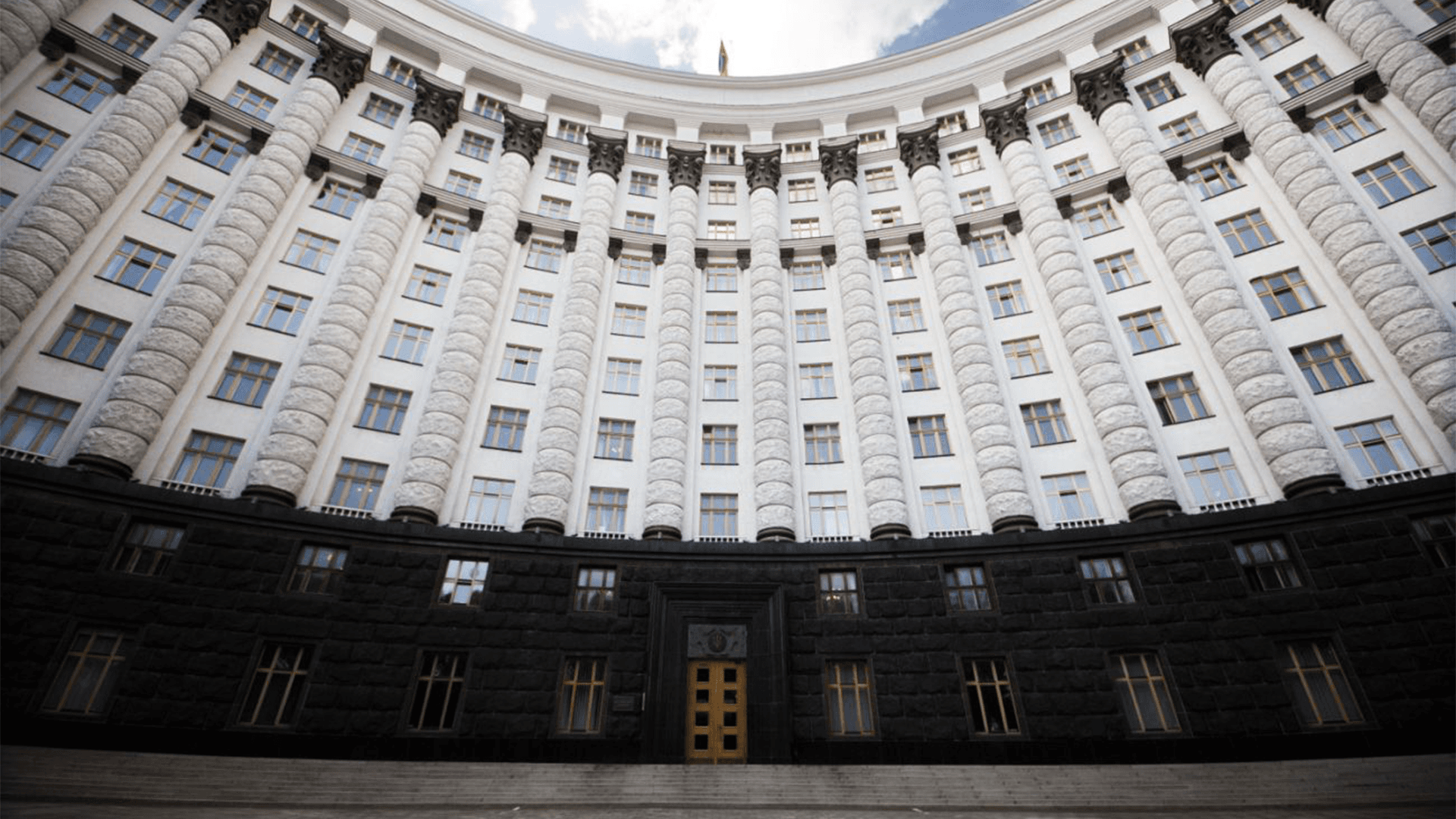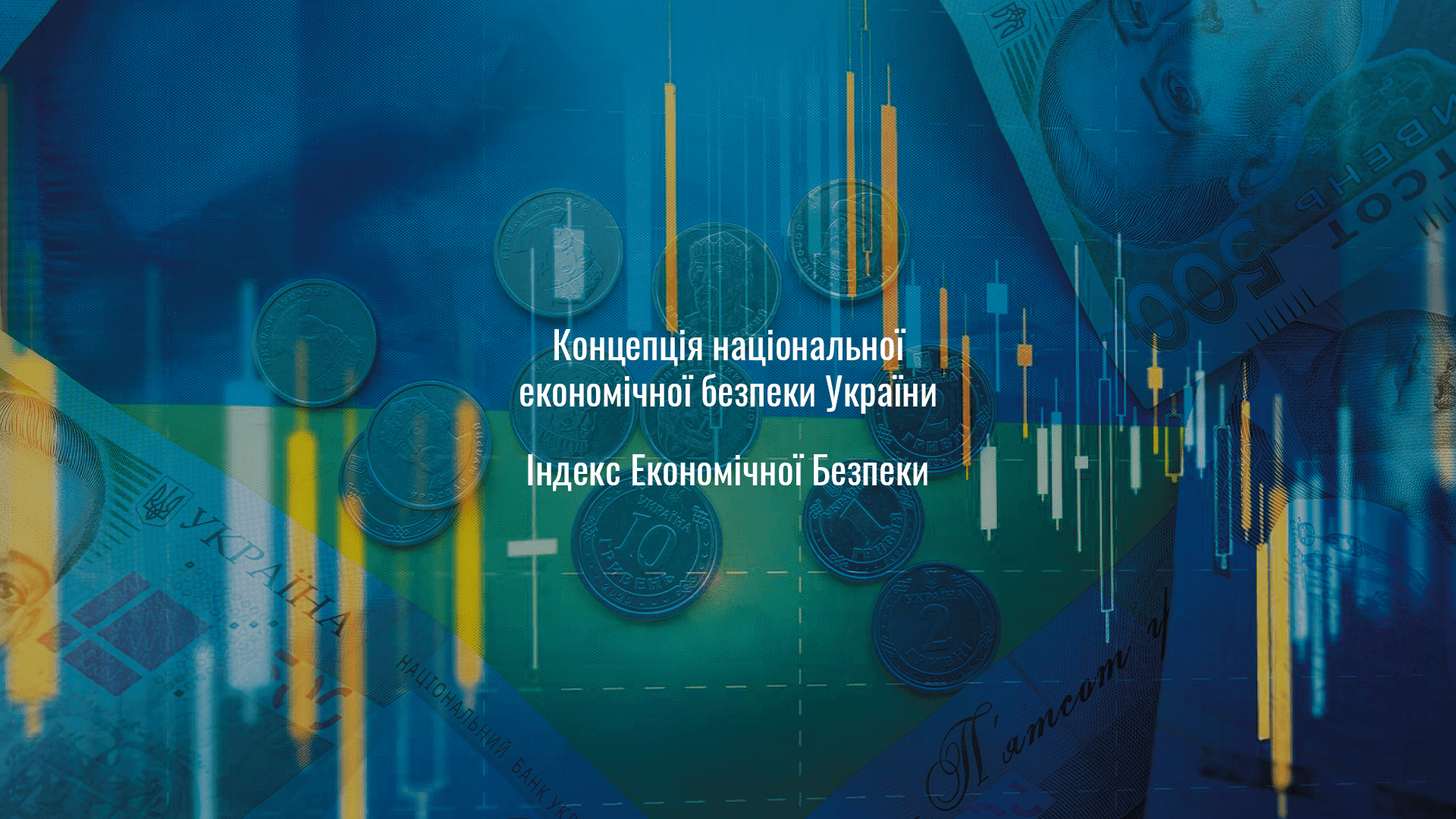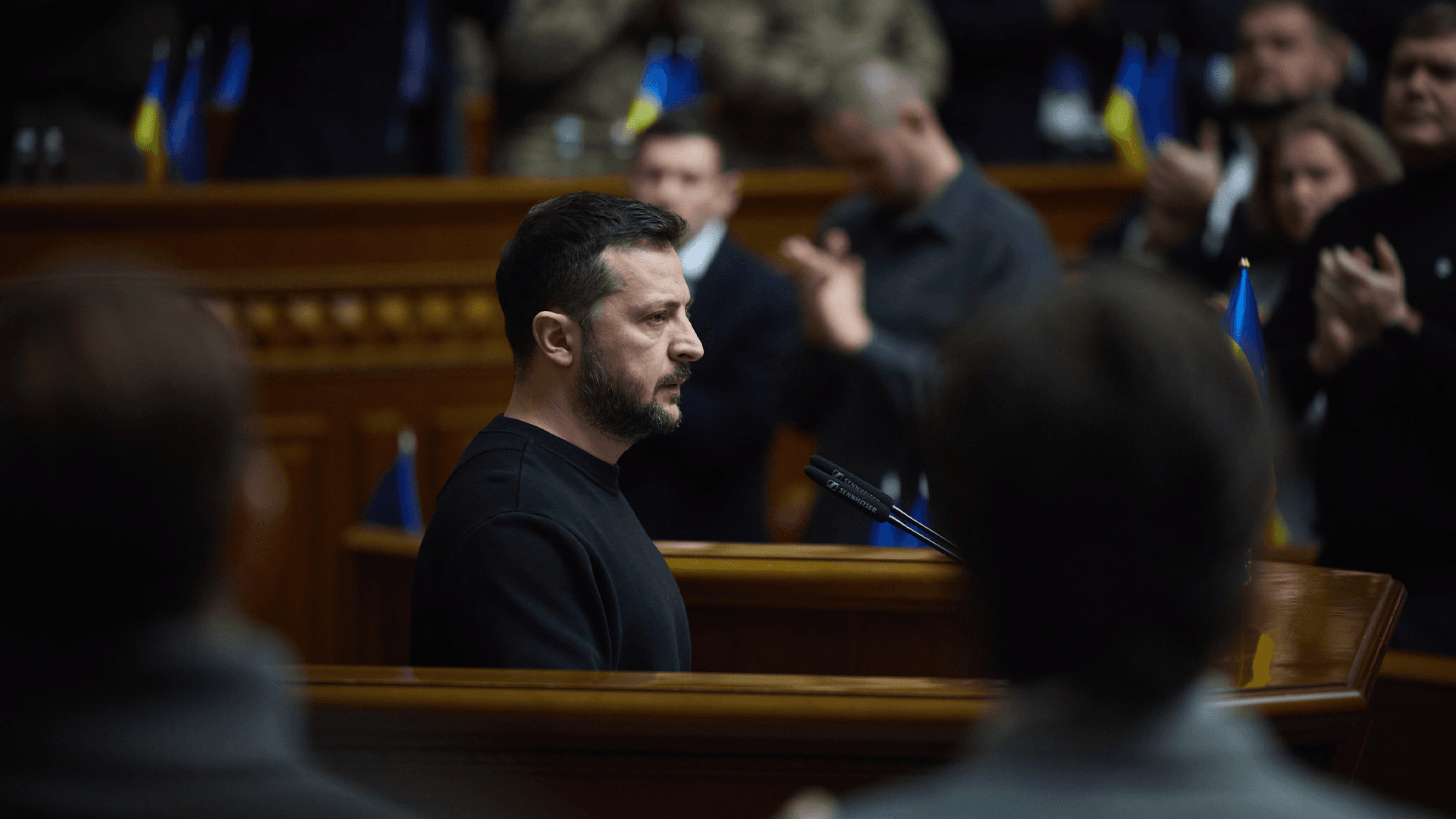At the beginning of June 2024, the Ministry of Finance and the Ministry of Economy of Ukraine published a Report on economic policy priorities. The Office of Reforms of the Cabinet of Ministers of Ukraine, KSE and CES took part in the work on the document. To diagnose economic growth, experts used the methodology of the World Bank.
The analysis of this document by the experts of the Liberty Institute, which should serve as the basis of economic policy in the coming years, has showed the inconsistency of the declared goals, tasks and proposed tools, as well as the complete absence of an ideological and scientific basis for restarting the economy, creating incentives for business activity and eliminating the corruption-oligarchic system.
Theoreticians and ideologists of the Reform Matrix for Ukraine
theory of the state of general interventionism of Marx-Keynes, as well as the Harrod-Domar, Solow-Swan, Mankiw-Romer-Weil, Uzawa-Lucas, Mazzukato-Rodrick models. Ukraine does not have its own high-quality theoretical economic school, it is formed on the basis of economics, which is not a real economic science in any country. At the same time, the intellectual product in the form of the Reform Matrix and the Report on Economic Policy Priorities is the best that Harvard, Berkeley, Cambridge and their students in the form of KSE or KMA can offer Ukraine today.
Let us analyze the proposed Report and answer the questions important for the economic future of the country:
- Will it be possible to accelerate economic growth by implementing the proposed measures?
- Will a solid foundation be created for the country's development and recovery?
- How much will competitiveness and investment potential increase?
Would Ukraine's economy be in a coma without foreign aid?
The authors of the Report believe that the recovery of the economy in 2023 was more successful than expected due to the continued adaptation of enterprises to wartime conditions, but the numbers suggest otherwise.
- The GDP of Ukraine in 2023 in dollars increased by $16.7 billion.
- External aid of our foreign partners was $42.5 billion.
- Remittances of Ukrainians from abroad was ~$14 billion.
- Public debt increased (more than) by $21 billion, (84% of GDP - critical for developing countries)
- The deficit in the trade balance of goods and services in 2023 amounted to $37.7 billion (~ 21.3% of GDP). For comparison, in 2022 this deficit was to $25.8 billion (16% of GDP).
- The deficit of state administration bodies, according to the IMF's estimate, amounted to 26.3% of GDP in 2023.
- External receipts in 2023, taking into account external grants, net loans and direct military, infrastructural and humanitarian foreign aid, amounted to $61 billion (34% of GDP).
It is obvious that it is too early to speak about the sustainability of economic growth. The Ukrainian economy depends on the aid of Western partners that prevented further decline.
The stated GDP growth of 5.3% is the result of the Government's appropriation of tens of billions of foreign money, most of which are expensive loans.
In 2023, 1% of GDP (67 billion UAH) was allocated to the repayment of the external state debt, 5.7% of GDP (370 billion UAH) was allocated to the repayment of the domestic debt. At the same time, foreign debt was raised in the amount of 17.6% of GDP, domestic debt in the amount of 8.5% of GDP.
In the conditions of the urgent need to finance military expenditures, the Government in 2023 allocated ~$12 billion to service the national debt. Domestic creditors received the lion's share, which looks like outright war profiteering.
Macroeconomic stability of Ukraine is under a big question: the economy is financed in a fire mode, without assessing the consequences of the fiscal corruption, relying on the aid of the foreign partners and the restructuring of the national debt. Obviously, the policymakers of Ukraine and the West equally count on the confiscation of Russian money, which is enough to not only more than cover the costs of the parties, but also to make a decent profit. Short-term loans to the Ukrainian government at 7-8.5% in foreign currency under the current state of state finances is a very risky business.
"Uncertainty remains extremely high, especially regarding the sources of funding needed to support our social support and defense initiatives," here and below, quoting from the Report.
Leviathan pours new wine into old bottles
In light of the situation, the authors suggest "implementing a set of political measures aimed at mobilizing sufficient resources for defense needs, maintaining general macrostability, eliminating general restrictions on economic activity and strengthening the potential for economic growth."
The Government's economic policy priorities are based on three components:
- Support of macroeconomic, external and financial stability. "The extended financing mechanism of the IMF provides a solid foundation for such a stabilization policy." Taking into account the devastatingly high interest on the ~$15 billion loan from the IMF, what kind of strength are we talking about?
- Elimination of general restrictions on the path of economic recovery, taking into account external demand.
- Carrying out comprehensive reforms that lay the foundation and contribute to the long-term growth of Ukraine on the path of integration into the EU.
"Implementation of these far-reaching policies will require unwavering commitment from government and parliament over the long term."
The authors of the Report believe that achieving these priorities in the current conditions will require a constant search for difficult political compromises. What the compromises involve and between which parties they are supposed to be is not given, neither is the concept of "financing the basic budgetary needs." Judging by the actual amount of government spending in 2023 (~75% of GDP), the needs are quite broad. But can Ukraine afford it?
The ideological platform of the authors of the Report is revealed in the following sentence: "Economic recovery in the short term is necessary in order to provide more resources for taxation and reduce dependence on donor flows to cover internal and external imbalances."
Economic recovery for increasing tax collection sounds like "feeding the geese to pluck them longer and get more feathers". However, it is not analyzed whether businesses and individuals are able to pay increased taxes in wartime. The document does not even attempt to assess the expediency of maintaining a huge part of non-military expenditures, in particular those related to management and control bodies.
The authors of the report are concerned about the lack of investments, the underutilization of production facilities, the tension in the labor market and the increase in the debt burden. It requires an increase in interest payments, which reduces budgetary possibilities. For a more effective use of foreign aid (for example, the direction of resources and equipment in the real sector), the authors consider it necessary to "implement policies that would prevent unproductive imports and encourage exports, preparing for the future, when a moderate reduction in donor aid flows to cover current budget expenditures is expected".
The importance of "unproductive imports" is understood by experts - supporters of economic freedom, fair competition and reduction of state intervention. Behind the good words about freedom, we find a quasi-scientific justification of the policy of destructive state interventionism without any attempt to deal with, for example, the adequacy of the monetary or exchange rate policy of Ukraine in general.
The itch to restrict the imports of a small open economy is a cover for increasing the costs of trade protectionism. Not the Consumer and the Entrepreneur, but the VIP-disposers/consumers of other people's property decide which imports are productive and useful and which are not.
The structure of the Ukrainian economy restored by the instruments of state interventionism will not be a market structure. It will reflect the views, priorities and private interests of the political establishment and bureaucracy, as well as their political, technocratic and commercial partners.
The capital market: a gross theoretical error
Ukraine has never had a full-fledged capital market structure. Restoring the pre-war situation without changing approaches is a gross theoretical mistake made by more than 100 developing countries of the world in catch-up or restorative development using donor funding from the state and development agencies. Ukraine's adoption of such a recovery model will inevitably lead to a reboot of the Oligarchy/Schematosis model without eliminating it. The concentration of political and economic power in the hands of one person, be it the hands of the Cabinet of Ministers, the Office of the President, the Black Rock Agency, the EBRD, or the US/Canadian development agencies, does not create a capital market structure.
"Principal-agent" conflict, vicious motivation of disposals of other people's property, blocking of the "profit-loss" mechanism, discrimination against those types/sectors of economic activity that will not be included in the priority/useful/necessary list, violation of the principle of fair competition with those who will not become a beneficiary of state programs - this is what the implementation of the proposed recovery model means.
Let us imagine the practice of defining, choosing, and financing state programs today.
- Who forms the bodies that will select commercial projects/objects to receive money for?
- Who will determine the flow of money, resources and assets?
- Who will determine the conditions for participation in recovery programs/projects?
- Who will monitor the progress of implementation of programs/projects, make corrections, recognize errors and close them or extend deadlines and increase funding?
- Who will "bend" the rest of the economy so that it does not interfere with the implementation of the Government's priorities?
The answer to all these questions is one: the President's Office, i.e. the conditional "six managers".
- Who will be responsible for the fact that, as a result of the above-mentioned policy, Ukraine will not ensure high rates of economic growth, will not increase the GDP to $1 trillion, will not convince more than 10 million Ukrainians to return to their homeland and develop it with their resources, ideas and capital?
Answer: NO ONE, because those who will make money from such a recovery model will de jure be covered by the Matrix of reforms, as well as the recommendations of professors and authorities of Harvard, Berkeley, the IMF, the World Bank, who do not bear any responsibility to Ukrainians.
There is no doubt that in the event of another Maidan, the beneficiaries of the Matrix will have time to leave the country with a decent financial security cushion.
According to its developers, the matrix of reforms for Ukraine is designed to "improve the coordination of economic reforms." However, a choice of approximately 200 priorities/reforms and 400 indicators is impossible to imagine even in an ideal scenario, taking into account the quality of Ukraine's public administration institutions. At the same time, the authors of the Report emphasize that this number of reforms "is not enough for rapid economic growth."
In Ukraine, it is impossible to find a single successful reform in the economy from the beginning to the end for more than 33 years of independence, how will 200 reforms be implemented at once? Do the authors of the Report believe that all government bodies, as a result of some "difficult political decisions", will turn into a dream-team of "six managers" who will professionally and coordinately implement the Matrix, to the delight of donors, who will give a standing ovation and sign checks for tens of billions of dollars?
Reality versus Utopia
Scientists, by definition, must lead a discussion, make proposals based not on utopias or idyllic views, but on real life.
The matrix of reforms for Ukraine based on the imaginary mechanism of allocation (distribution) of resources through the Leviathan State, the use of the logic that has discredited itself, and the toolkit of development economics are not about the country of the future, not about an economic breakthrough, but rather about the interests of the authoritarian "six managers" and their service personnel.
The authors of the Report noted that the Kyiv School of Economics and the Center for Economic Strategy conducted an expert assessment of the content of the Matrix, including market distortions. They, in fact, agreed with the position of the IMF, which envisages the preservation of a bulky state and a significant public sector. "Strengthening of the macroeconomic foundation" and tax/customs reforms "for the expansion of the domestic revenue base" means an increase in taxes and progressive rates, an electoral increase in tariffs, and a strengthening of fiscalization. However, the Matrix corresponds to the previously adopted Revenue Strategy, which was harshly criticized even by the businesses close to the government.
In the late 2000s, the IMF and the World Bank recommended an income-raising strategy for China, and already now we are witnessing a dangerous accumulation of mistakes and failures. To propose such a way for Ukraine, justifying it by the need to ensure rapid economic growth, is to show scientific sloppiness, or simply to work out the order in the status of "analytical support" of the conditional "six managers". What Ukraine really needs is not this vague strategy of reducing government spending, but a tough guillotine.
Conservation of state expenditures at the level of 60-70% of GDP can kill any economy.
These is enumeration of some of the reforms by the authors of the report: energy, courts, elimination of corruption, "critical sectors", agriculture, transport, "elimination of quasi-fiscal distortions", "maintenance of adequate monetary policy", improvement of the quality of public investment management, improvement of the business climate, corporate management of state-owned enterprises. It actually resembles a student essay on "Economic Reforms".
It is interesting that the authors of the Report expanded the obligations of foreign partners to Ukraine, including, in particular:
- guarantees of financial support of the Ukrainian Government;
- non-monetary support for macroeconomic stability";
- resources for providing air defense;
- access to EU funds;
- liberalization of markets for Ukraine already at the stage of negotiations on joining the European Union.
They also consider it necessary to complement the structural reforms with obligations of partners regarding investment and transfer of technologies "that promote productivity and capital accumulation" with specific terms and volumes at the set time. The report does not mention whether there is an agreement or whether agreements have been reached with foreign partners on all these requests.
Will foreign partners be responsible for everything?
The logic of the Report's authors is clearly manifested during the implementation of the priority direction "Macroeconomic stability". It is definitely needed. But let us analyze a few bright quotes:
L"…it is critical that we receive sufficient, timely and predictable funding in 2025"L
L"Sufficient budgetary support is also necessary for the economic stability and recovery of Ukraine"L
L"...the intended financing by external donors..."L
L"Ukraine will continue to rely on foreign aid to overcome primary domestic and external economic challenges..."L
L"Timely external financing on appropriate concessional terms is an important component of our financial strategy, including meeting the needs to service the official debt in 2025."L
In case of problems, the authors of the Report will obviously shift the blame to partners who have not fulfilled their obligations within the framework of our Reform Matrix?
The authors of the Report say, "we are changing the system of public investments to create an opportunity for planning and programming official resources for priority needs that have the highest economic and social returns."
The government undertakes to obtain adequate additional revenues for the budget, introduce the reforms to increase the efficiency of non-recurring taxes, and even reduce the fiscal risks of the pension system. It is supposed to "reduce tax-free activities in a significant part of the shadow economy."
At the same time, it is planned to take some measures aimed at "increasing revenues to the budget and reducing corruption threats in the field of customs administration."
And all this without a hint of tools for implementation, which looks no more serious than just slogans.
The driving force of economic growth under the oppression of state regulations
The authors talk about the intention to improve the business climate. The private sector has been declared "the most important driving force of economic growth." However, let us analyze, in whose hands are the levers of economic management? Is it possible to consider property in Ukraine actually private? The answer is in the illustration, which does not include the hundreds of current building codes and sanitary regulations. The authors of the Matrix do not mention the elimination of this regulatory nightmare.
Instead of the "regulatory guillotine", the Report envisages the Leviathan digitization process, which is valuable for the Official and the Controller: "deregulation, simplification and digitization of procedures can significantly reduce the costs of doing business in Ukraine."
Taking into account the content of the proposals regarding Ukraine by the IMF, the European Union (plan for the Ukraine Facility 2024-2027), the World Bank, as well as those consulting and analytical organizations that work closely with the Government, in light of the content of the Reform Matrix adopted by the Government, there are grounds to draw the following conclusions:
- The Ukrainian Government, with the support of its external partners, offers Ukraine an old, flawed theoretical model of economic recovery and development. Since it has not worked anywhere, there is no reason to believe that its application in Ukraine will end in success.
- The implementation of the Reform Matrix is unable to ensure a rapid, long-term economic growth and development of Ukraine. Strengthening the "nationalization" of the economy in the face of weak state administration and strong concentration of political and economic power is a guarantee of reloading the Oligarchy/Schematoz model.
- The implementation of the Reform Matrix will not lead to the creation of a solid institutional foundation for recovery and development.
- The implementation of the Reform Matrix will not increase the country's competitiveness or deepen its investment potential, but will leave it highly dependent on the support of external donors.
- In Ukraine, at the level of the Government, closely related analytical structures, as well as their foreign donors and colleagues, a theoretical and political economic syndicate has been formed, which has monopolized the topic of the economic recovery and development during the war and after its end. There is no full-fledged discussion on this issue. Most often, experts who declare their commitment to the principles of economic freedom openly support the theory and practice of general state interventionism. In the current team of the authors of the Matrix of reforms and the documents that formed the basis of the document, there are no followers of the theory of free market, capitalism and a model of entrepreneurial development.








